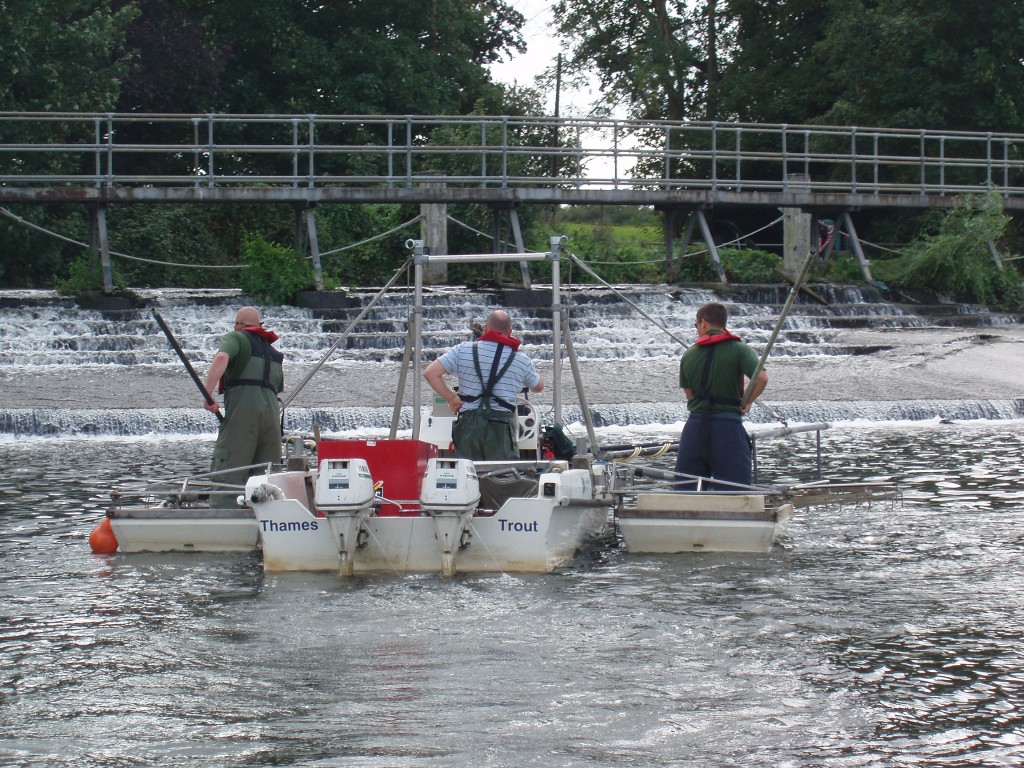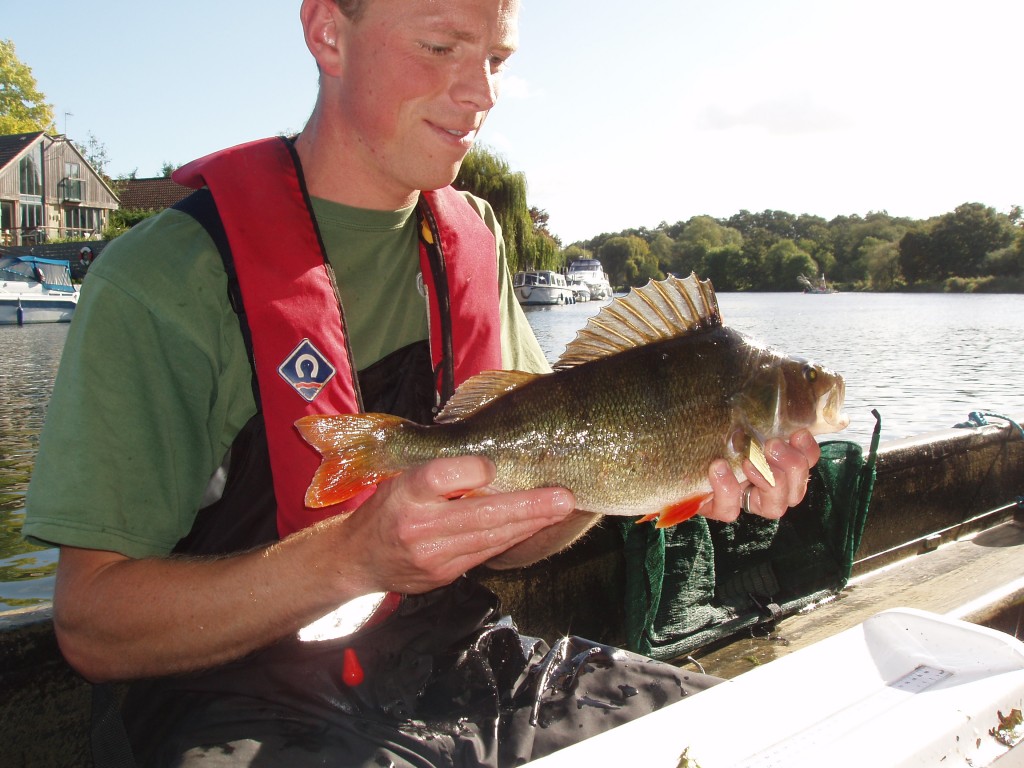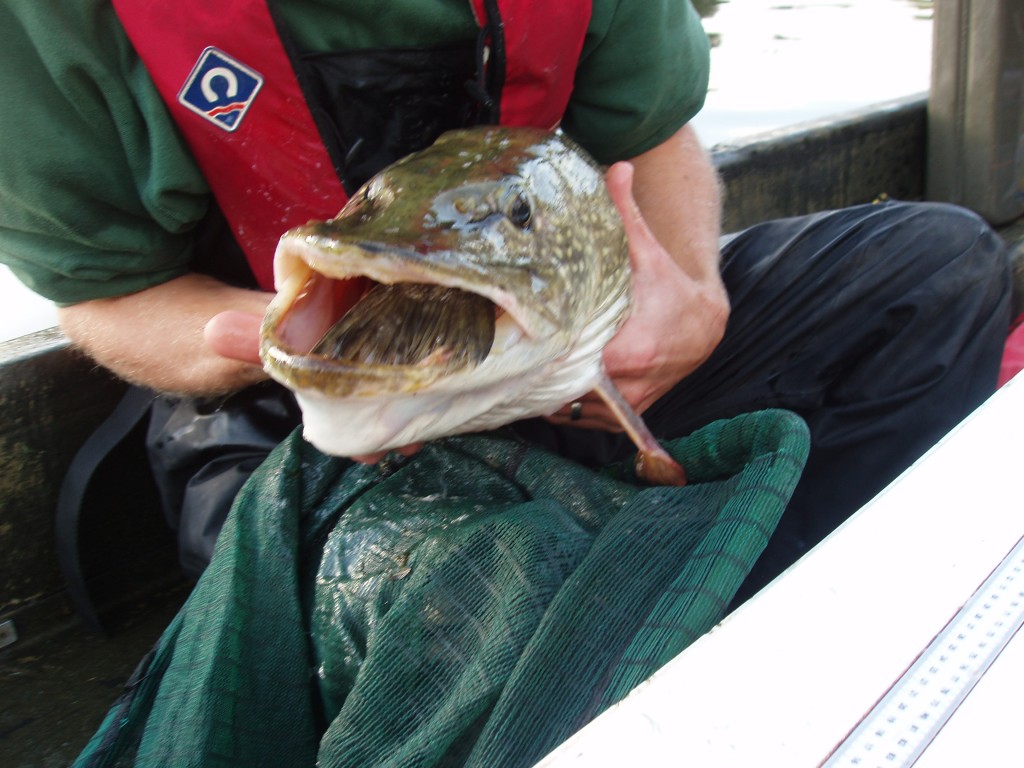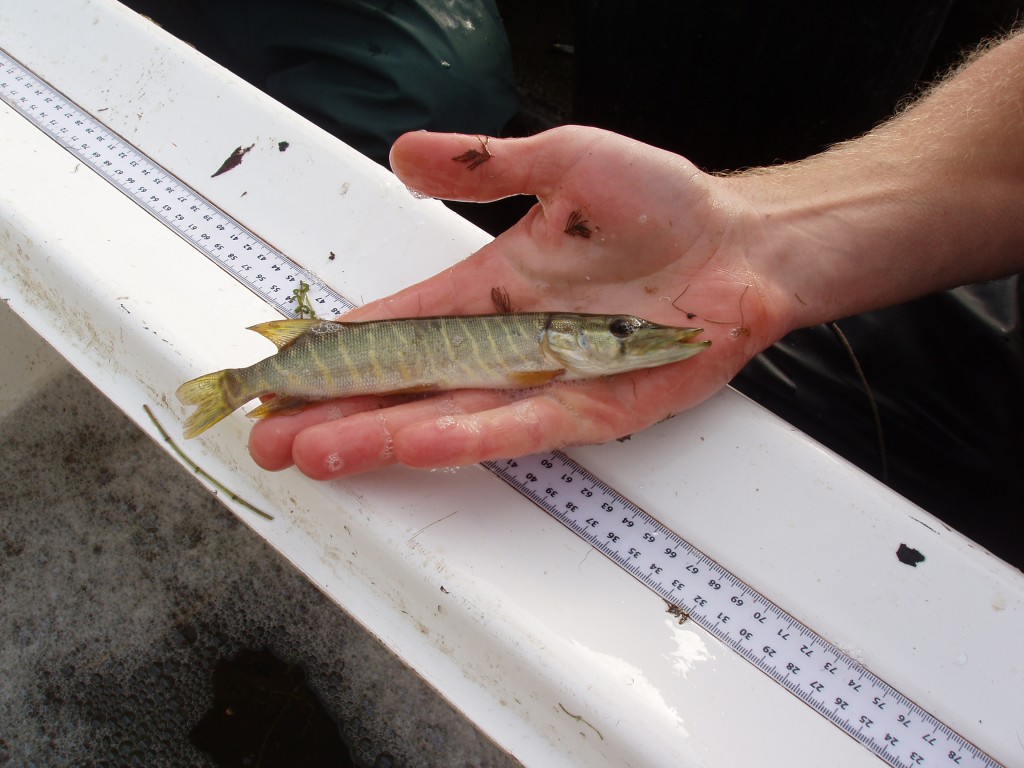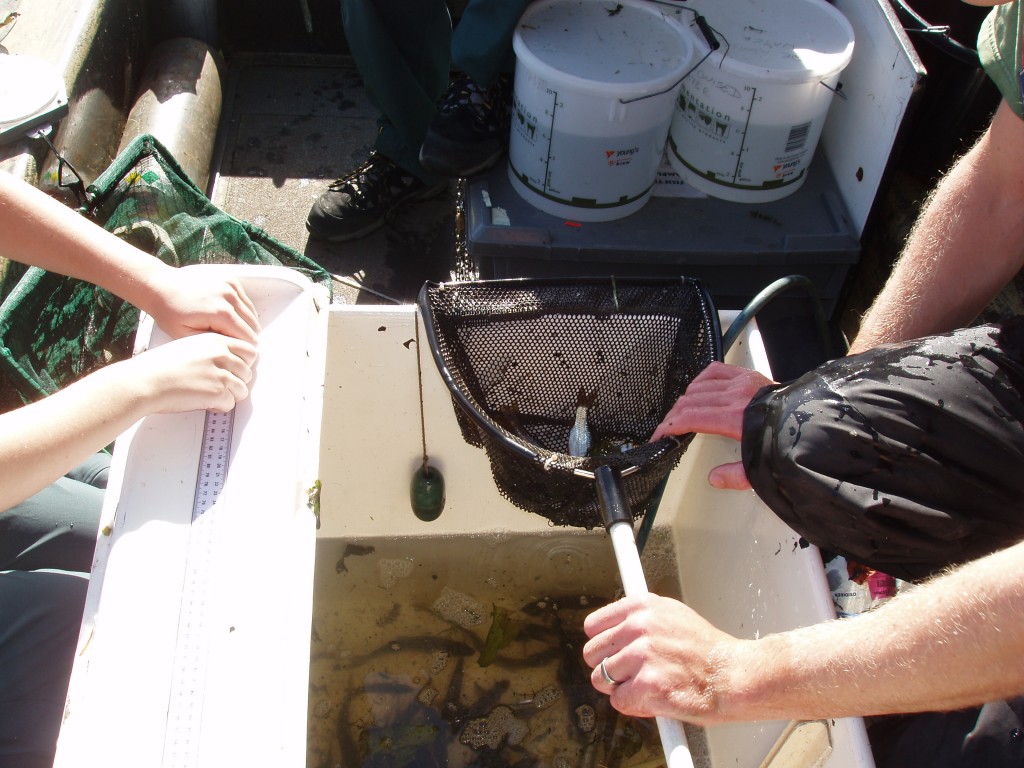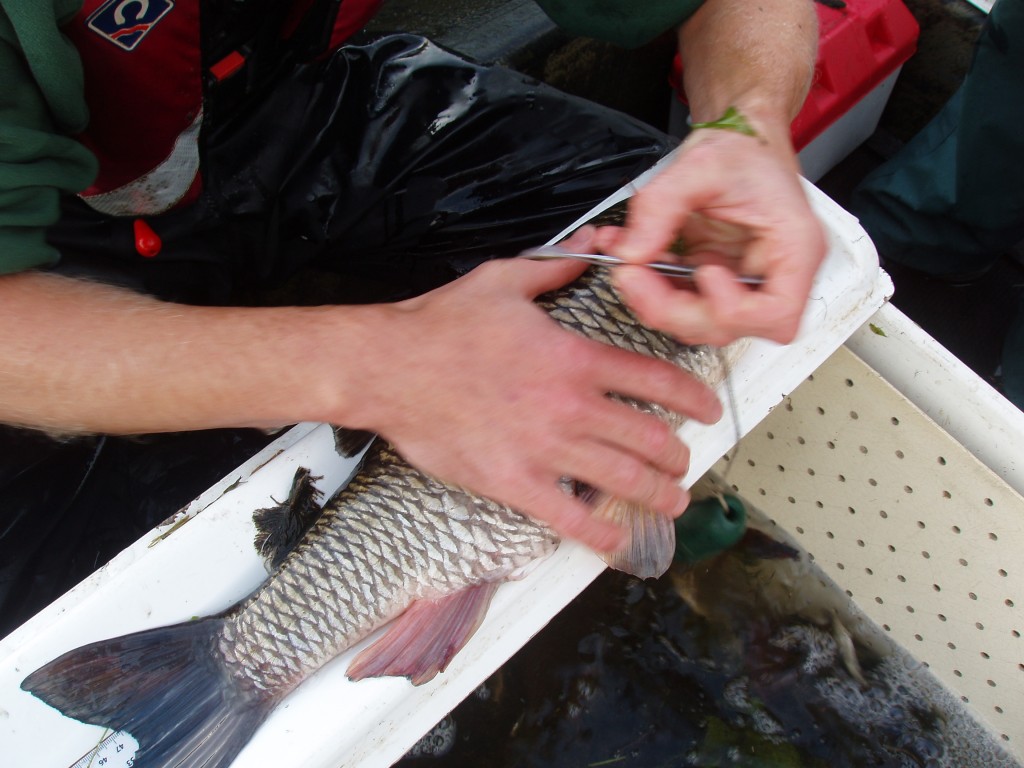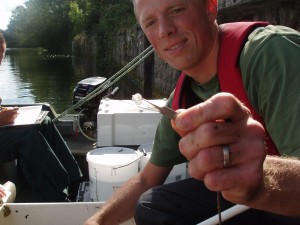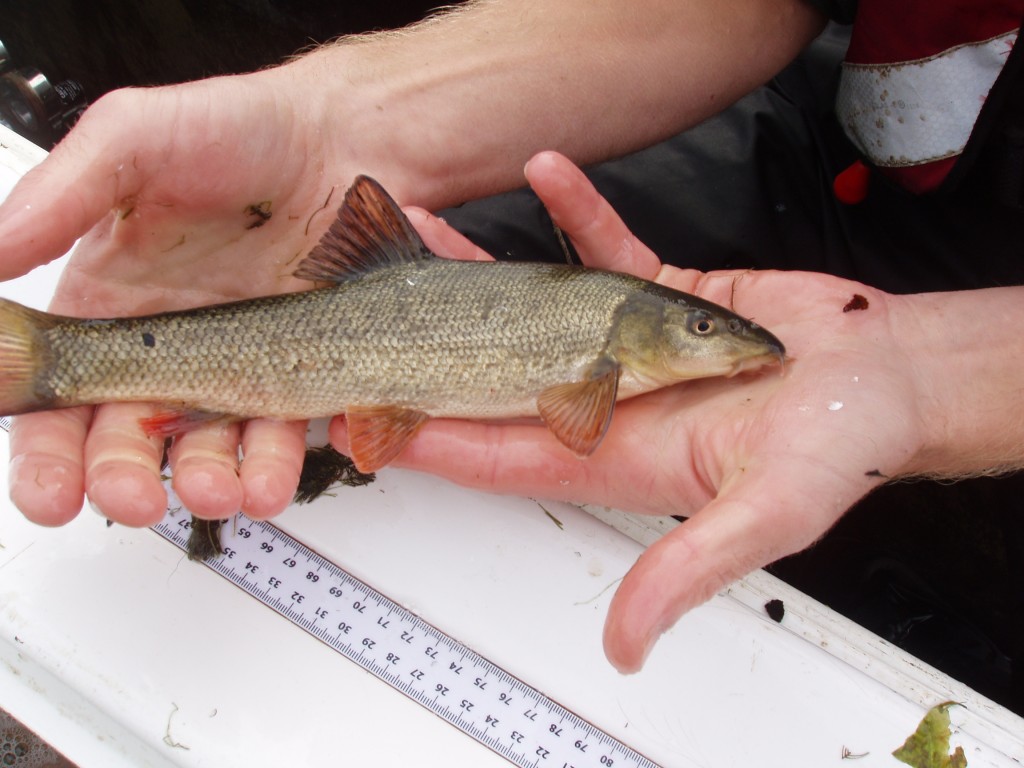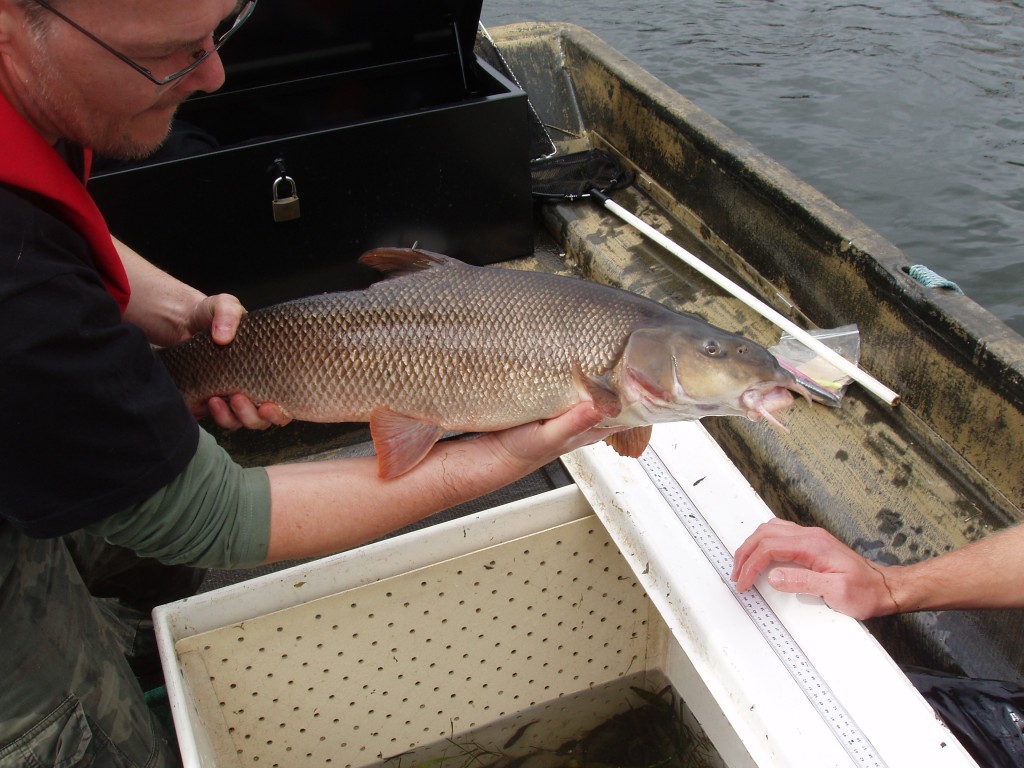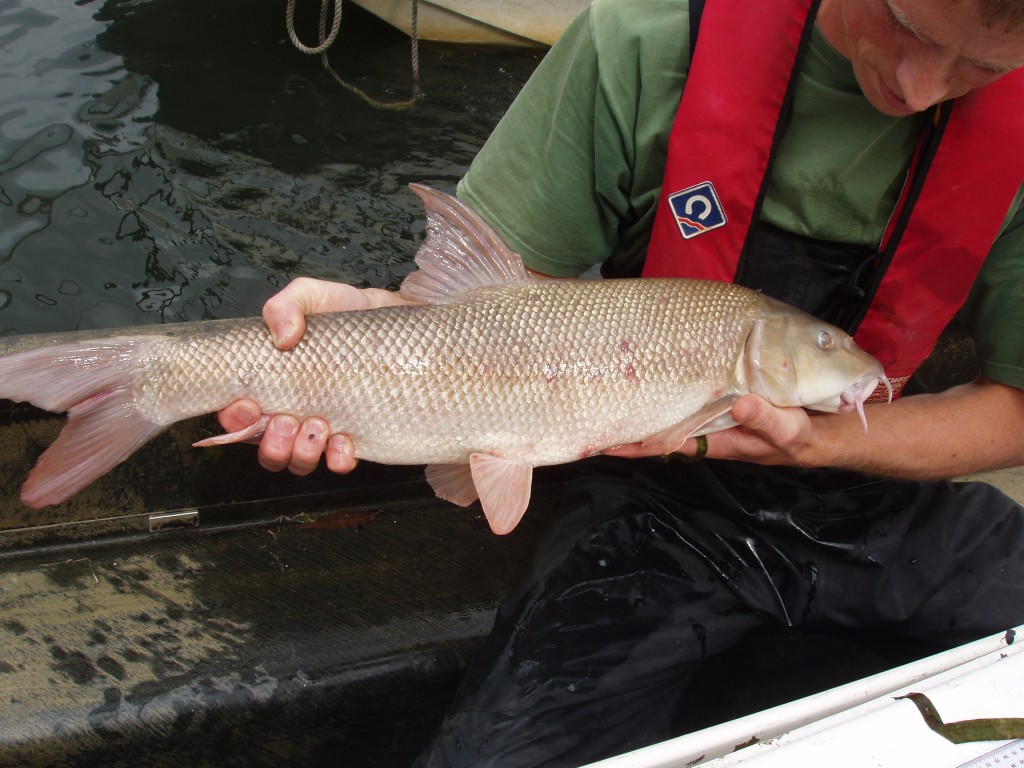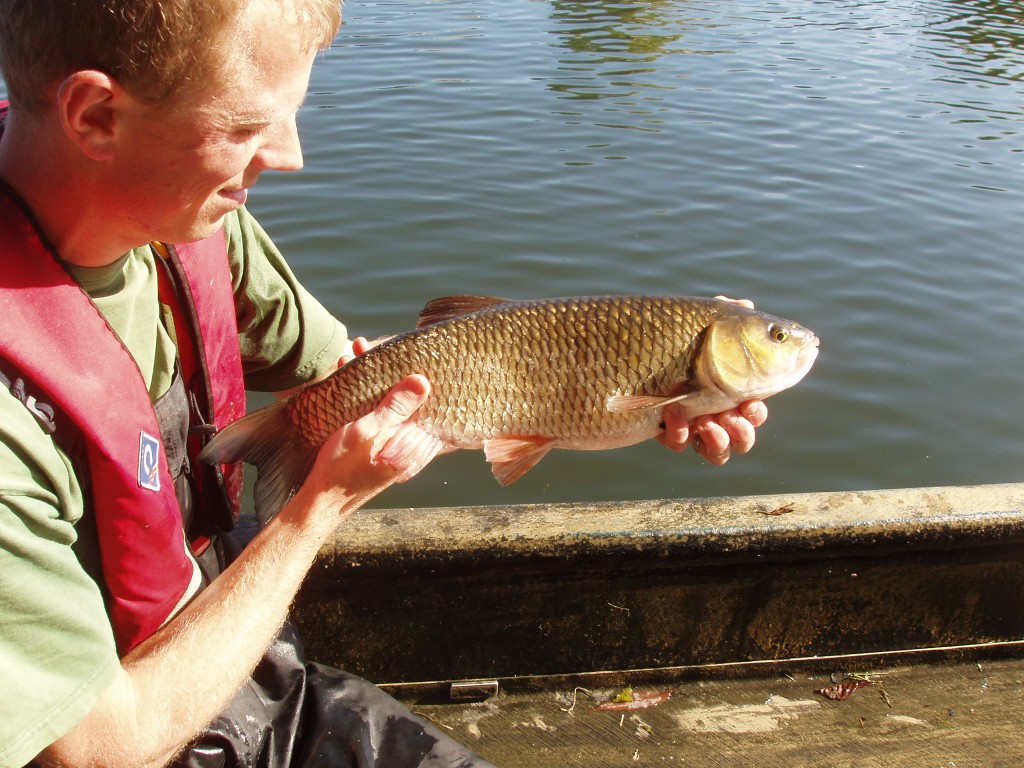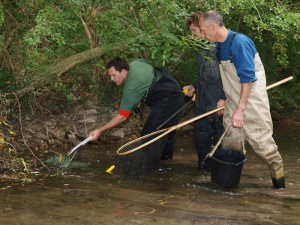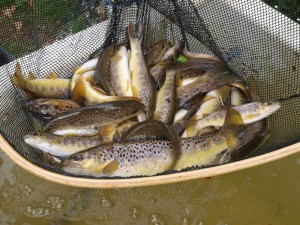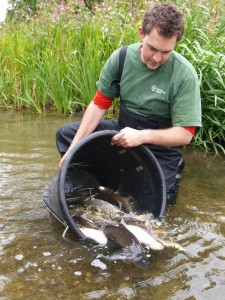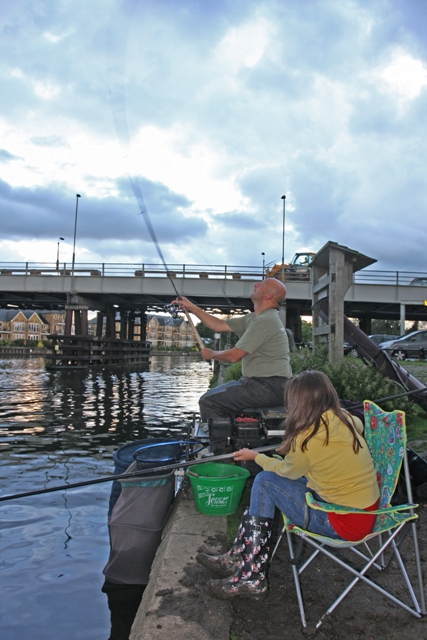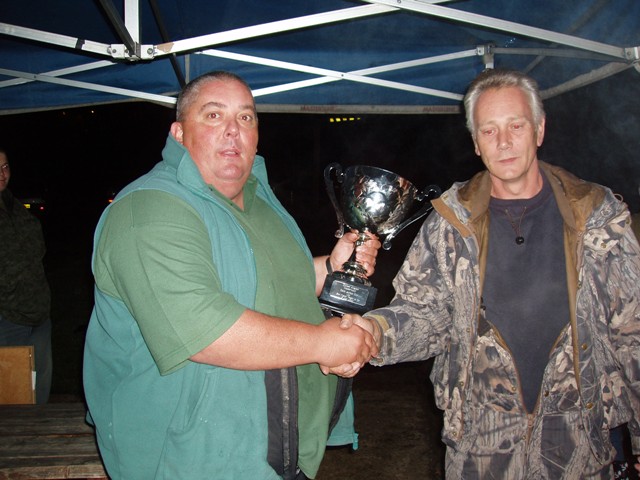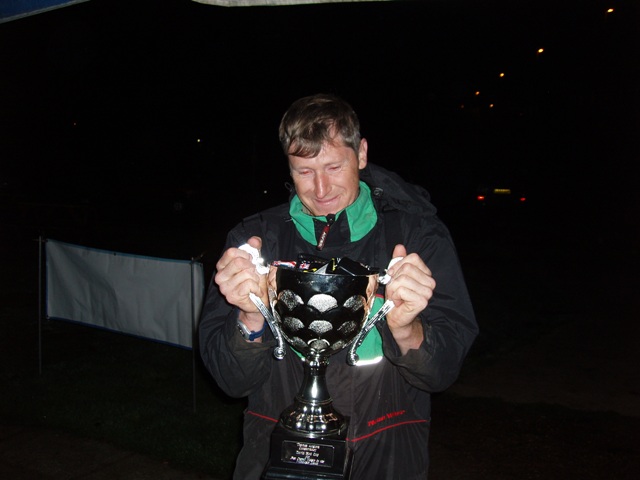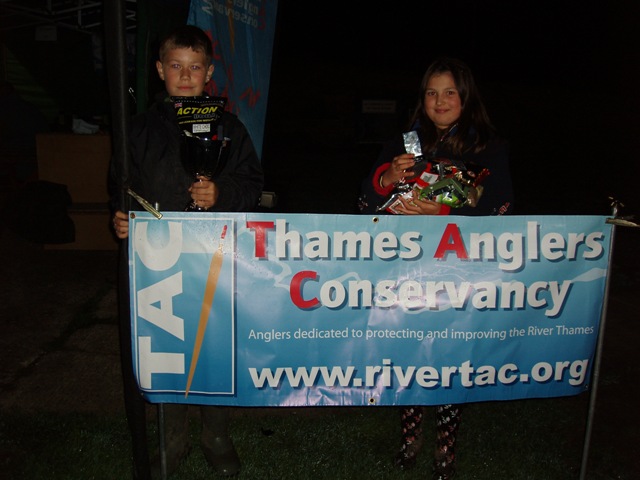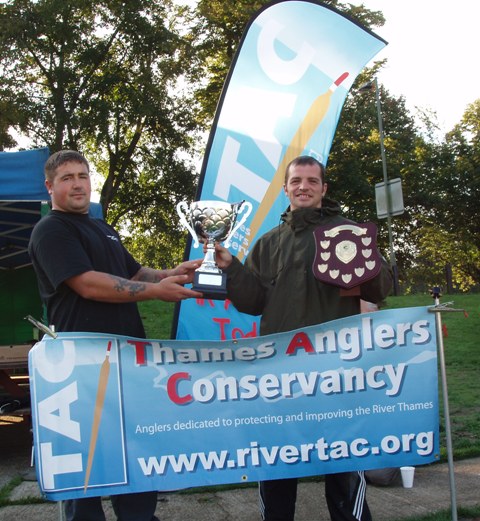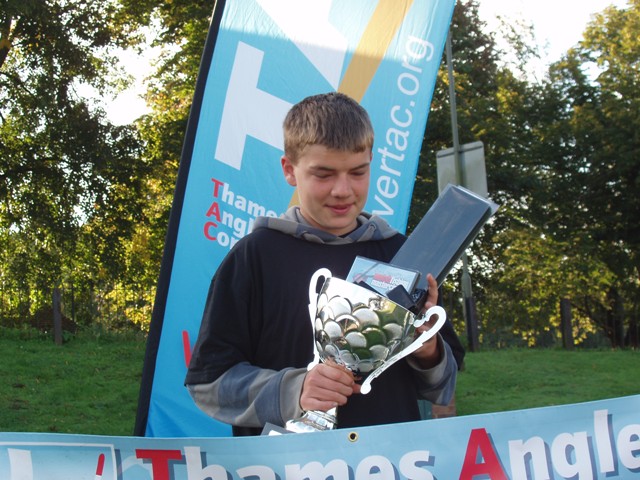-
- Buy a UK rod licence: EA Link
- 0800 807060 EA Hotline, Pollution, Poaching
- Thames Region River Levels
- Thames River Conditions
- Thames Temps and Clarity
- Thames Fishing Byelaws
- Thames Annual Tidefest
- Thames Record List
- Thames Eel Monitoring
- EA Annual Fisheries Report
- EA Flood Warnings
- Thames Sewage Discharge Notifications
- Thames Sewage Events
- Thames Tideway Tunnel
- River Thames Scheme: Reducing flood risk from Datchet to Teddington
- Martin Salter: Fighting for Fishing Blog
- Duncan Charmans World of Angling Blog
- Angling Trust
- Water and sewerage companies in England: environmental performance report 2013 – 2016
- EA Pollution incidents: 2014 evidence summary
- EA Pollution incidents: 2015 evidence summary
- River Crane and DNR Fisheries Impact assessment
- Links
Recent Tweets
Error retrieving tweetsNews Archive
Rare seahorse discovered in the Tidal thames
Picture courtesy of the Environment Agency
Posted in News
Tagged Environment Agency, Thames
Comments Off on Rare seahorse discovered in the Tidal thames
Accessible angling on the Thames hopes to hook new enthusiasts
Five new angling platforms will give anglers even better spots to fish thanks to the Environment Agency.
The new platforms, which are located along the River Thames at Penton Hook Lock island in Staines will improve angling access to the river. The platforms will allow up to eight anglers to fish at any one time.
The Environment Agency worked with the Thames Anglers’ Conservancy – a group committed to promoting and protecting the Thames – to design the platforms, which took a total of two weeks to install. Members of the group will also carry out valuable volunteer work at the site, maintaining and improving habitat including the purpose-built fish spawning channel and advising on the location of the new platforms. Duncan Charman, professional angling guide and patron for the group was on hand to try out platforms and coach junior members.
Martin Salter, former Reading West MP and Government spokesman on angling said: “Penton Hook weir stream is one of the places I learnt to fish over 40 years ago. It's great to see that it's a popular and productive fishery with good access and improved habitat”.
Matt Carter, Waterways Operation Manager at the Environment Agency, said: “'I'm delighted we've been able to provide improved access for anglers at one of the most popular sites on our weir“.
However, anglers need to remember to purchase their Weir Angling Permits (additionally to the rod licence) which cost £28.50 for adults and £18.90 for Senior Citizens and Juniors (up to 14 years) and come with a ‘buddy card’ that allows you to take a friend fishing three times a year.
Buying a rod licence couldn’t be easier – there are around 15,000 Post Offices and other outlets which sell them direct. For a small additional charge they can also be purchased over the phone (0870 1662662) or from our web site – www.environment-agency.gov.uk/rodlicence any time, day or night.
New name for Britain’s new waterways charity
6 October 2011
British Waterways
The transition trustees of the new charity being established to tend 2,000 miles of canals and rivers in England and Wales from April 2012 have today (6 October) announced that it will be called the Canal & River Trust (or Glandwr Cymru in Wales) and have unveiled its new symbol.
The decision has been taken following extensive public and internal consultation and market research into the replacement for the name and symbol of “British Waterways.” They reflect the important step the Government is taking in creating a new successor organisation to hold the waterways in trust for the nation in perpetuity. The change also offers an opportunity to attract the attention of, and to appeal to, the wider public.
Multi-award winning design agency Pentagram provided free design consultancy to develop the new national charity’s name, symbol and imagery. The worldwide agency has a long history with the waterways, creating the British Waterways symbol over 20 years ago. To make maximum impact at minimum cost, the Canal & River Trust will be working with waterway organisations to plan a phased change to signage on the waterways perhaps by providing a ‘signing kit’ for local groups.
Tony Hales, chairman of the transition trustees, said: “Our canals and rivers have been part of the fabric of the country’s landscape for 250 years and putting them in trust for the nation is the start of a new chapter in the renaissance of the waterways. People have told us that the waterways are important to them as a local haven, for themselves and for nature. Stepping onto a towpath is like entering a different world, where the stress of daily life can be escaped. The Canal & River Trust and our new symbol represent what our waterways mean to so many people.”
John Rushworth, partner at Pentagram, said: ““I was immediately interested when I heard about the new waterways charity. I helped create British Waterways’ logo in the 1980s and I was keen to get involved in developing the Canal & River Trust brand. The nation’s canals and rivers are inspirational and I’m delighted that Pentagram’s work will help spread the word to an even greater audience.”
The Welsh name for the new charity, Glandwr Cymru, translates literally as ‘Waterside Wales’ and reflects a determination by transition trustees that the trust has a distinctly Welsh character and focus for its waterways in Wales.
The Canal & River Trust is expected to launch in April 2012 and will hold 2,000 miles of canals and rivers in England and Wales, including the third largest estate of listed structures, in trust for the nation. Britain’s waterways also provide a unique haven for wildlife, offering distinctive local tranquillity to some 13 million visitors every year.
The “British Waterways” brand will stay alive in Scotland, where the waterways currently managed by British Waterways Scotland will be kept in the public sector and will not form part of the Canal & River Trust.
Posted in News
Comments Off on New name for Britain’s new waterways charity
Environment Agency tackling fire foam in River Wandle
Officers from the Environment Agency are monitoring quantities of foam that have collected on the River Wandle.
The foam escaped into the river as fire fighters fought to tackle a serious fire at a waste tyre processing plant on the Purley Way in Croydon. The fire broke out on Thursday morning (22 September).
Firefighters used the foam in order to bring the fire under control as quickly as possible. The Brigade’s approach minimised disruption on the nearby A23 and reduced the impact of the fire on the environment. The Environment Agency was consulted prior to the foam being used and does not expect there to be any impact on wildlife in the area.
Banks of foam have collected along a 10km stretch of the river, however there has been no impact on the wildlife. Environment Agency staff have deployed aerating equipment as a precaution. Volunteers from The Wandle Trust are helping to monitor the river.
Barrie Neaves, Environment Agency's Area Base Controller said "Our officers have been working closely with the Fire Brigade to minimise the amount of foam on the river. Although it looks quite dramatic, we don’t expect there to be any impact on the local wildlife. The foam is non toxic and water based, so it will evaporate and or become diluted in the river.”
Members of the public are asked not to touch the foam and can call our 24 hour incident hotline on 0800 807060 if further information is required.
David Walliams’s Thames swim: it will take a super-sewer to get London out of this mess
If I were not so infernally busy, I think I would go to the banks of the Thames and cheer for David Walliams as he continues his epic downriver migration – like a lost whale or some vast confused salmon – from Gloucestershire to London. What a hero.
He is not only raising loads for charity. He is simultaneously drawing attention to one of the key environmental problems of our time; and he is thereby pointing the route to long-term economic prosperity for this country. He has only one thing to fear, as he porpoises along. There is one risk more dangerous than the cold, or the currents, or the rats or the pike or the snagging of underwater weeds or the churn of outboard motors or even the siren call of foxy Henley ladies as they lean from their launches in their leopardskin bikinis and invite him inside for a warming cup of tea.
The thing he has to worry about is rain. Yes, rain is the danger, even for a man in a wetsuit and immersed in the Thames. Because as soon as it rains more than 2mm, the sewers of London are no longer able to cope with their burden and pwooosh – the Bazalgette interceptors are discharged into the Thames, with consequences that simply cannot be ignored. It is not just that poor David Walliams will be at yet graver risk of an upset stomach, or that the rowers of Putney start to find the water full of unmentionable items. Nor is it just the massacre of fish and other aquatic life-forms.
We are facing the long-term deterioration in Thames water quality, and unless we act now I am afraid no one in their right mind will be swimming this river in 10 years’ time – certainly not beyond Teddington. The sewers of London are already so full, and so much rainfall now sluices into them off the concrete and tarmac rather than sinking into the turf, that these Bazalgette interceptors are already exploding into the Thames about 50 times a year, and the discharge rate is increasing the whole time. When Joseph Bazalgette built his remarkable system, he thought big. His sewers are still robust, and they are impressive feats of architecture and engineering. But they were designed for a city of 2.5 million people; and the population of London is now pushing eight million, and heading for nine. In one of the crimes for which we are truly all guilty, society is now discharging an awful 50 million tons of raw sewage into the river in London alone, and unless we are bold in our plans, that figure will rise to 70 million tons in 10 years; and no matter how gutsy David Walliams may be, his future swims could well be banned by elf ’n’ safety.
When Bazalgette designed his interceptors, in response to the Great Stink of 1858, he assumed that they would only kick into action in emergencies – truly torrential downpours of a kind that happen once or twice a year. That is why it is time to recognise that we can no longer rely on Victorian capital, and why Thames Water is right to be consulting on its proposed super-sewer, known as the Thames Tideway Tunnel. Of course, it must construct this cloaca maxima in a way that minimises hassle for local people and avoids damage to riparian beauty spots. But the basic idea is excellent, and essential.
At a depth of 75 metres – below the Tube and other excavations – and with a bore the width of three buses, this huge tunnel will run winding beneath the course of the Thames from Richmond to a series of vastly improved and upgraded East End sewage works. A separate leg of the tunnel is proposed to run from Abbey Mills to the Beckton sewage plant, to end or greatly reduce the discharge into the Lee. It is a breathtakingly ambitious project, on a scale that would have attracted the approval of Brunel and Bazalgette themselves. We have the prospect of protecting Walliams and other migratory forms of river life, such as sea-trout and salmon, and of ensuring that a much cleaner and sweeter river flows through the heart of the city. If we fail to act, we face smells and pestilence and a serious reduction in our quality of life. This new super-sewer is the right thing to do for the environment – and it is above all the right kind of thing to do for a country still struggling to get back to growth.
Never mind the supermasticated arguments about the 50p tax rate (which seem to be moving in the right direction). I know that George Osborne is also thinking about the economic stimulus that can be provided by infrastructure projects – and he is right. Big construction projects such as a supersewer generate myriad forms of employment – not just builders, but designers, architects, engineers, planners, and the list goes on. They create long-term competitiveness by making the city more pleasant to live in and move around. And it is a mistake to think that these projects always need to be funded by the taxpayer. There are plenty of investors and wealth funds around the world who can see the potential long-term revenue streams that can be generated by investing in a significant and beneficial piece of infrastructure. In other words, it is largely a question of vision, and of political will. It is becoming clear that this downturn could go on for so long that we need to think not just about projects that are “shovel-ready” now, but ones which could be “shovel-ready” in two, three, or five years’ time.
We are massively expanding Tube capacity, we are putting in Crossrail; but we need to go further. Even as these improvements come on stream, we will be struggling to catch up with the growth in demand. Commuter networks are jammed; Heathrow is running at 99 per cent capacity. We need Crossrail 2, and a new airport. We can’t afford to keep muddling along and relying on historic investment. On sewers, rail, river crossings, ports and airports it is time for neo-Victorian boldness.
It is the right thing for jobs now, and the right thing for this country’s long-term competitiveness.
Posted in News
Tagged Fish, Fish KIll, Fish Legal, Fishing, Pollution, Sewage, Super Sewer, Thames, Thames Water, Tideway Tunnel
Comments Off on David Walliams’s Thames swim: it will take a super-sewer to get London out of this mess
David Walliams’ next obstacle in swim: Raw Thames sewage
Posted in News
Tagged Fish KIll, Pollution, Sewage, Super Sewer, Thames, Thames Water, Tideway Tunnel
Comments Off on David Walliams’ next obstacle in swim: Raw Thames sewage
Environment Agency rescue fish from the River Churn
Thousands of fish are being removed from a Gloucestershire river as water levels continue to fall despite recent spells of rainfall.
The Environment Agency will be relocating the fish from the River Churn in Cirencester area, which is currently experiencing low water levels as a result of the recent dry winter and spring.
Fish have been removed from a stretch of the river between today, and more fish will be rescued tomorrow. The fish, including brown trout and dace will be relocated to the confluence with the River Thames, near Cricklade.
John Sutton, fisheries team leader at the Environment Agency said: “Water levels along the River Churn have dropped significantly over the past few months and in recent weeks we’ve had several calls from concerned members of the public about possible impacts on fish. Although the fish are not currently in distress, we wanted to act early to prevent any potential problems.
“It’s important we intervene as early as possible to minimise the impact of low water levels and low dissolved oxygen levels and we are continuing to urge anyone who sees fish that may be in distress to contact us".
“While we have seen rainfall in recent weeks, it has not been enough to recharge the water along many stretches of the Churn, so we wanted to act early and take evasive action.”
The fish will caught by electro-fishing, a technique that temporarily stuns fish and allows them to be netted and transferred to a transport tank.
Fisheries Officers Stuart Manwaring, Adam Hilliard and Andy Killingbeck using electrofishing equipment to rescue fish at South Cerney
This rescue follows a similar operation carried out by Environment Agency fisheries officers at a gravel pit in Horcott, Fairford on 26 August. Levels in the lake had become dangerously low and it was feared that the fish would die if no action was taken. More than 200kg of tench, roach, perch, bream, rudd, crucian carp and pike were caught using nets and relocated to an adjacent lake.
Rescued Brown Trout
Stuart Manwaring transfers the rescued fish from the Churn to the Thames
Anyone who sees fish they believe may be in distress as a result of low water levels or pollution, should contact the Environment Agency’s incident hotline on 0800 80 70 60.
Pictures courtesy of the Environment Agency
Posted in News
Tagged Chalkstream, Drought, Environment Agency
Comments Off on Environment Agency rescue fish from the River Churn
Thames Hydropower Revealed
Following a recent meeting with the Environment Agency, the Thames Anglers Conservancy can now reveal the full extent of the proposed Hydropower Installations along the River Thames. The expression of interest for Sunbury, Boveney and Boulters weirs expired in July and now the full details have been made available.
The TAC are actively objecting to all Thames Hydropower schemes on the basis that no evidence is available as to the effect they will have on the ecology of our weir pools. We have called for evidence to be produced from long term monitoring and analysis of the first scheme at Romney, before any further schemes be considered. The cumulative effect of Hydropower installations removing energy from the river coupled with high levels of Abstraction, may have serious long term consequences for the Thames.
Weirpools are unique habitats, not only as an angling resource, but as principal spawning sites for fish such as Barbel, Chub and Dace along with being habitat for a vast number of invertebrates including potentially rare and protected species.
For more information on each visit Anglers and Hydropower
The full list of proposals:
Teddington
Location Teddington Weir
Operational Date 2012
Development details
Three 4.0m diameter Archimedes screws, mounted on the weir structure. The maximum output is 532 kW.
Sunbury Weir
Location Sunbury Weir, Sunbury
Operational Date 2012
Development details
Three 3.4m diameter Archimedes screws, in new channels through the island or on the weir. The maximum power output is 225 kW.
Bell Weir
Location Bell Weir, Egham
Operational Date 2012
Development details
Two 4m diameter Archimedes screws mounted in a new channel on private land. There is 115 kW maximum power output.
Location Sunbury Weir, Sunbury
Operational Date 2012
Development details
Three 3.4m diameter Archimedes screws, in new channels through the island or on the weir. The maximum power output is 225 kW.
Location Bell Weir, Egham
Operational Date 2012
Development details
Two 4m diameter Archimedes screws mounted in a new channel on private land. There is 115 kW maximum power output.
Romney Weir
Location Romney Weir, Windsor
Operational Date Autumn 2011
Development details
Two 4m diameter Archimedes screws, mounted on the weir structure. There is 300 kW maximum power output.
Boveney Weir
Location Boveney Weir, Windsor
Initial proposal on hold. Low head may result in non viability of sustainable scheme.
Boulter's Weir
Location Boulter's Weir, Maidenhead
Operational Date 2013
Development details
Initial proposal for up to four 3.5m diameter Archimedes screws to be mounted on the weir structure. There is 530 kW maximum power output.
Marlow Weir
Location Marlow Weir, Marlow
Operational Date 2013
Development details
Initial proposal for up to four 3.5m diameter Archimedes screws to be mounted on the weir structure. There is 530 kW maximum power output.
Goring Weir
Location Goring Weir, Goring
Operational Date 2012
Development details
Three 3.5m diameter Archimedes screws, mounted on the weir. There is 234 kW maximum power output.
Osney Weir
Location Osney Weir, Oxford
Operational Date 2012
Development details
One three metre diameter Archimedes screw, mounted in a new channel. There is a maximum output of 48 kW.
Location Boulter's Weir, Maidenhead
Operational Date 2013
Development details
Initial proposal for up to four 3.5m diameter Archimedes screws to be mounted on the weir structure. There is 530 kW maximum power output.
Location Marlow Weir, Marlow
Operational Date 2013
Development details
Initial proposal for up to four 3.5m diameter Archimedes screws to be mounted on the weir structure. There is 530 kW maximum power output.
Location Goring Weir, Goring
Operational Date 2012
Development details
Three 3.5m diameter Archimedes screws, mounted on the weir. There is 234 kW maximum power output.
Location Osney Weir, Oxford
Operational Date 2012
Development details
One three metre diameter Archimedes screw, mounted in a new channel. There is a maximum output of 48 kW.
Posted in News
Tagged Environment Agency, Fish, Fish KIll, Fishing, Hydropower
Comments Off on Thames Hydropower Revealed
The 2nd Annual TAC summer Match
Despite the torrential rain earlier in the day, 15 anglers of all ages turned up to the 2nd Thames Anglers Conservancy summer match. Conditions had been appalling just prior to the start which undoubtedly kept some people away, but those who did fish enjoyed some reasonable sport and a few laughs along the way. TAC Patron Duncan Charman came along to offer support for all the competitors and wandered the bank chatting and taking pictures.
The match consists of two events side by side offering something for everyone, a traditional five hour match into darkness using one rod, or a two rod overnighter.
Silvers dominated proceedings with small Roach, Dace and Perch caught throughout, but sadly the expected Bream did not show.
Dads and kids
Complete Concentration
Waiting for the bites
After Dark they kept coming
And the winners are
Mark Thompson –
The Keith Arthur cup for Best overall weight in the 7pm to Midnight – 5lb 1oz
Andy Banham –
David Bird Trophy for best Specimen a % of the uk record in the 7pm to Midnight – 2oz Ruffe
Aaron Forget –
TAC Junior Cup for the best overall weight in the 7pm – Midnight – 1lb 7oz
Georgina Hathway –
Esher Angling Junior best Specimen to a % of the uk record 7pm – midnight
And after a long night
Jason 'Jay' Parry – Lunar Shield for best Specimen to a % of the uk record in the 7pm – 7am
AND
The Lock-keepers Cup for Best overall weight in the 7pm – 7am – 1lb 6oz & 2 oz Ruffe
Jack Collet – The Les Webber Angling Projects Junior best overall weight 7pm – 7am – 6oz
Thanks to everyone who came along, fished or just shared a cuppa and a great social event
Thanks also to the local tackle shops who donated prizes, Esher Angling, Surbiton, Angling, Walton Tackle Exchange and Tackle Fanatics.
TAC
Posted in News
Comments Off on The 2nd Annual TAC summer Match




